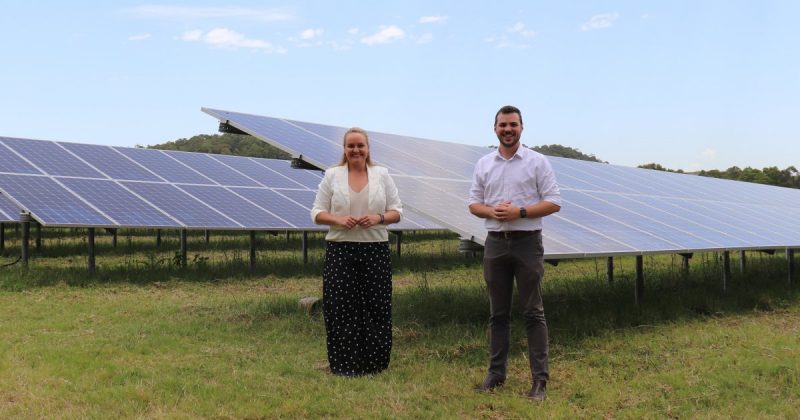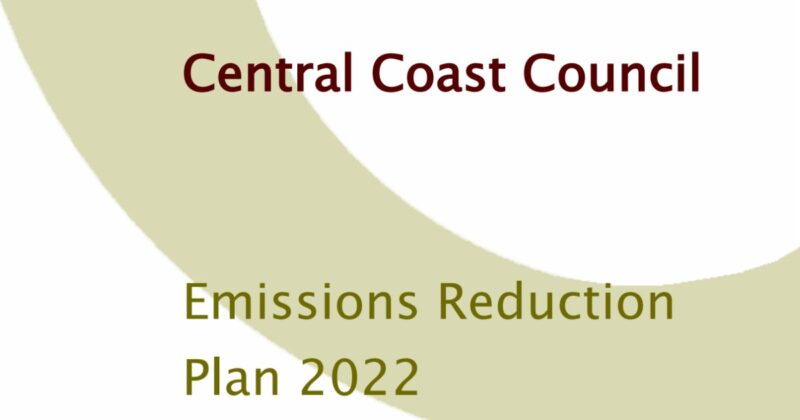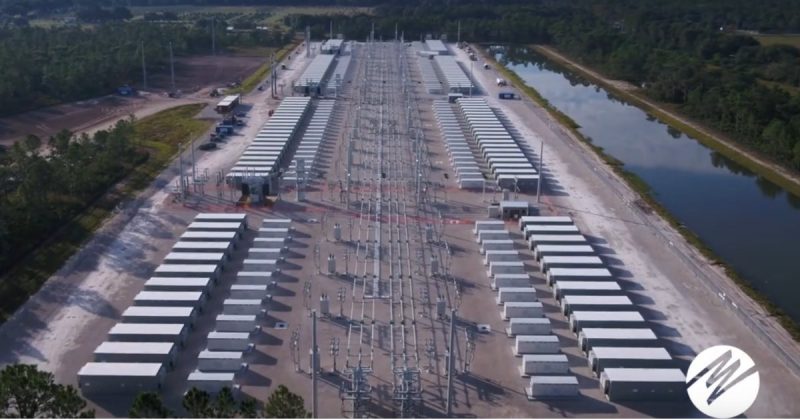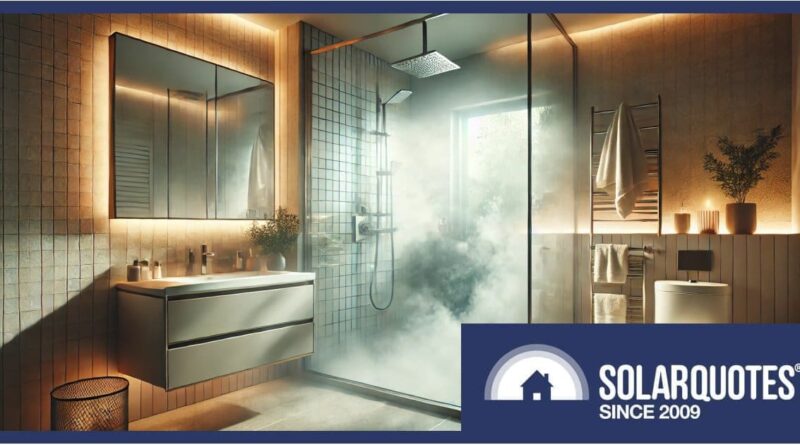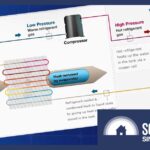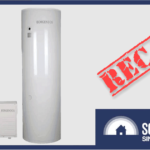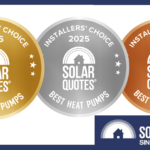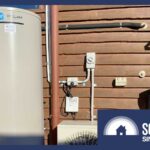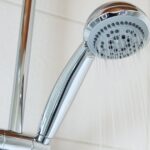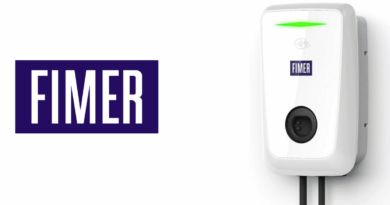Heat Pumps: Roadmap For Australia’s Hot Water Transformation
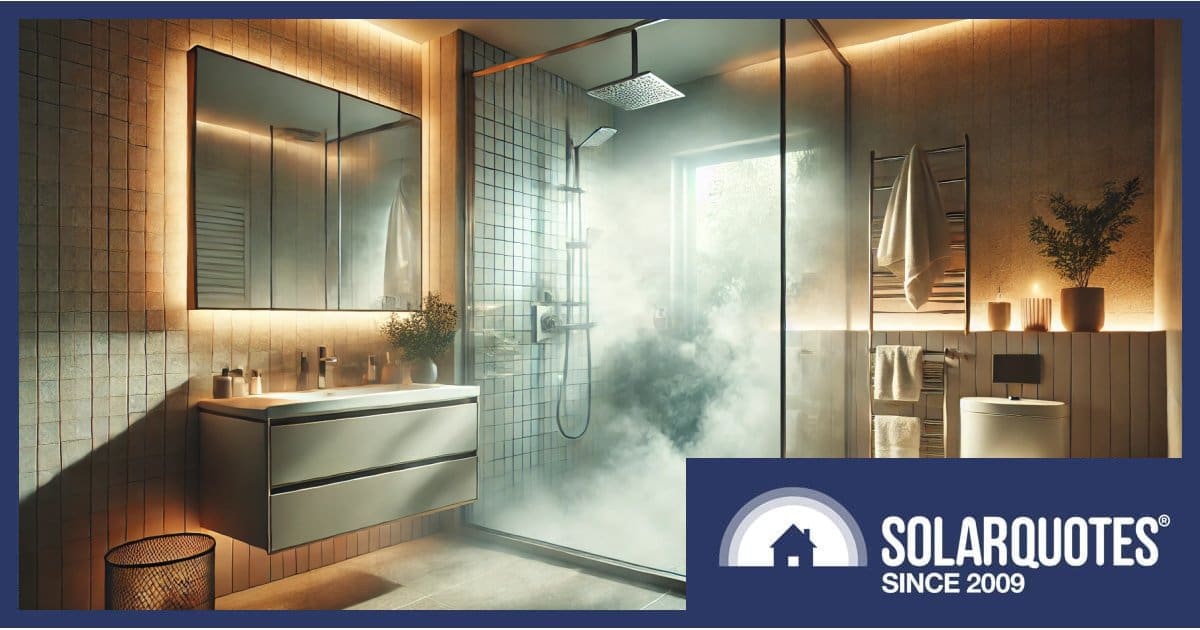
Air-sourced heat pump hot water systems (HPHWS) can save households a bundle of bucks, but the quality of systems and installation in Australia needs some work.
Heating water is an energy intensive task; one that accounts for more than 20% of a home’s total energy use using conventional heating systems. A more energy-efficient approach is a heat pump.
Air-sourced heat pumps work by extracting heat from the air, which is absorbed by refrigerant through an evaporator. HPHWS can do this even at quite low temperatures experienced over winter. The hot refrigerant heats up water in a well- insulated tank via a copper coil. A good quality heat pump is very efficient, consuming significantly less energy than a conventional gas or electric hot water system.
Learn more about how heat pumps work, where they work best and some of their pros and cons.
One of the cons not mentioned on that page is that HPHWS are not subject to Minimum Energy Performance Standards (MEPS) and energy rating labels in Australia – yet. This means some products of dubious quality are no doubt being installed and their owners may be none the wiser. And as with solar power, you can have the best quality components impacted by shoddy installation.
Quality has become a more pressing issue, particularly in light of rebates available in some states. For example, uptake of heat pumps in Victoria and New South Wales has seen more than 104,000 units installed across the two states over the last year, driven by the Victorian Solar Homes Program (up to $1,000 rebate) and the NSW Energy Savings Scheme (incentive varies).
And wherever government incentives go, cowboys (try to) follow.
Australian HPHWS Roadmap Released
Last week, the Energy Efficiency Council launched a roadmap for heat pump hot water systems in Australia, which was developed through nationwide industry consultation and funded by the Victorian and New South Wales governments.
Dozens of industry signatories to the roadmap have committed to taking meaningful action on building a sustainable industry and accelerating water heating emissions reduction with quality heat pump products and professional installation.
One of the first action items in the roadmap is addressing the lack of MEPS and energy rating labels for HPHWS, which are to be introduced under the Greenhouse and Energy Minimum Standards (GEMS) Act. The roadmap says this should occur as soon as possible, but in consultation with industry.
Other items include enhancing consumer protections for Australians installing heat pumps who are recipients of support from government incentives, along with an adequate number of stringent independent audits of installations of such systems. All told, there are 17 recommended actions in the roadmap, also including incentives for vulnerable and low-income households, end-of-life stewardship and industry training issues.
“This is about empowering industry to collaborate on a set of principles and recommendations it can rally behind to help transform the hot water market in Australia,” said Energy Efficiency Council CEO Luke Menzel.
But to get the ball rolling, both governments will progress a key recommendation to develop a consultation group consisting of industry representatives who will support and oversee the development of systems and standards.
“We want every Australian to have access to cleaner and cheaper energy and this roadmap will help us to reach that goal,” said NSW Minister for Energy, Penny Sharpe.
The full HPHWS roadmap can be found here.
Original Source: https://www.solarquotes.com.au/blog/heat-pump-roadmap-mb2970/
